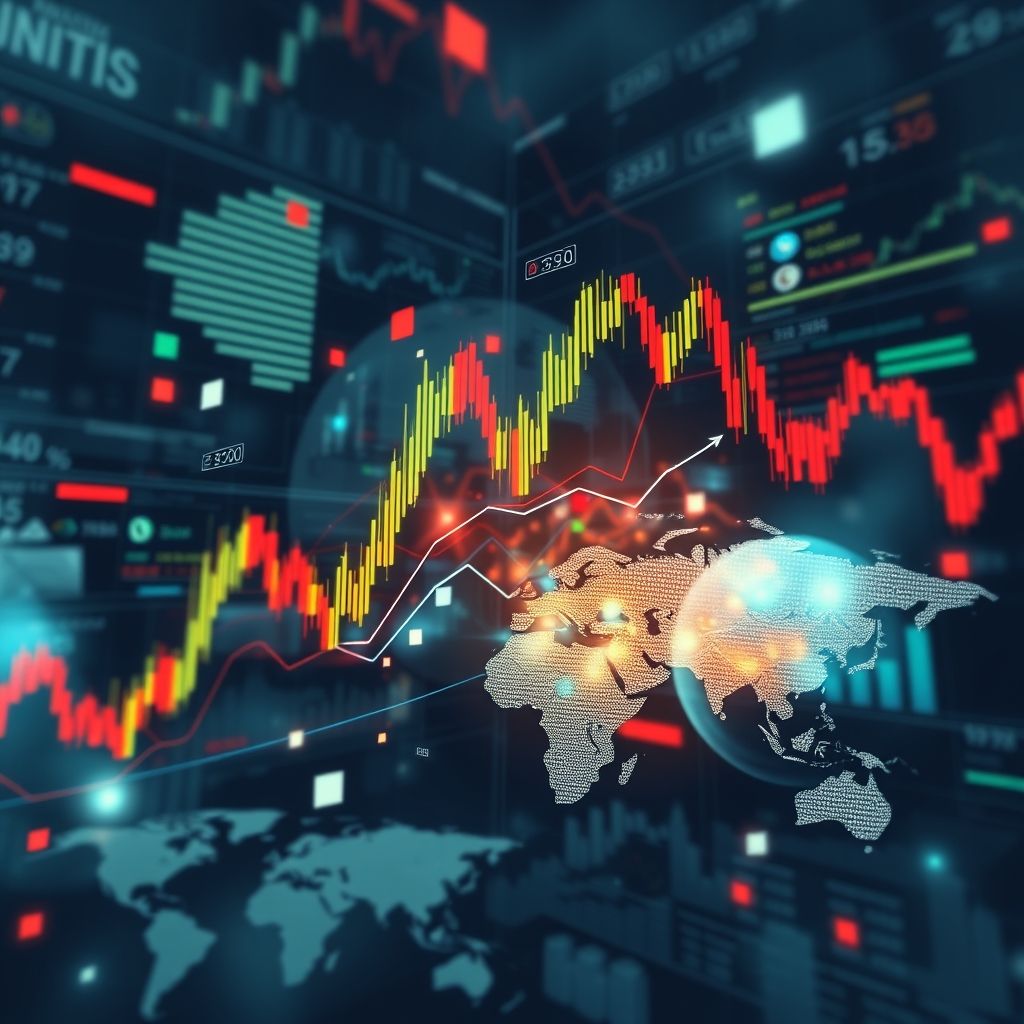Dow Jones Futures: Mixed Signals Amidst Global Market Uncertainty

Dow Jones Futures: A Snapshot of Market Activity
The world of finance is a dynamic landscape, and the Dow Jones Industrial Average (DJIA) futures are often at the forefront of this constant change. Currently, these futures are sending mixed signals, reflecting the complex interplay of economic data, geopolitical events, and investor sentiment. Understanding these fluctuations is key for anyone following the stock market, from seasoned traders to casual observers.
Influences Shaping the Market
Several factors are currently influencing the trajectory of Dow Jones futures. These include:
- Geopolitical Events: Conflicts and tensions around the globe, such as those involving Israel and Iran, can significantly impact market sentiment and drive volatility.
- Economic Data: The release of inflation data provides crucial insights into the health of the economy. This data can influence interest rate expectations and subsequently, stock valuations.
- Policy Changes: Unexpected policy shifts, like a recent Canadian tax policy change, can also add to market uncertainty.
These diverse elements combine to create a complex environment for investors, leading to the mixed signals seen in current futures trading.
The S&P 500 and Overall Market Strength
While Dow Jones futures show some uncertainty, the broader market picture is often reflected in the performance of the S&P 500 index. It’s noteworthy that this index is currently near all-time highs. This indicates underlying strength in the market, even as specific sectors and contracts may experience fluctuations. This can be a sign of overall confidence in the economy, though individual investors should always do their own research before investing.
Understanding Futures Contracts
Futures contracts play a vital role in the financial world. They represent agreements to buy or sell an asset at a predetermined price on a specific future date. This allows traders to speculate on the future price movements of various underlying assets, including commodities like gold and oil, as well as financial instruments such as stock indices like the Dow Jones. This also includes foreign currencies.
Trading futures provides opportunities, but it’s essential to acknowledge the inherent risks. Due to leverage, even small price movements can result in substantial profits or losses. Traders are typically required to deposit a margin, a percentage of the contract’s value, to cover potential losses.
Key Exchanges for Futures Trading
Several major exchanges facilitate futures trading, including the Chicago Mercantile Exchange (CME) and the Intercontinental Exchange (ICE). These exchanges provide a regulated environment for trading, ensuring market integrity and transparency. They also offer a wide range of contracts, catering to diverse investment strategies.
Risks and Rewards
Futures trading is not for the faint of heart. The potential for high returns is accompanied by significant risk. It’s crucial for traders to have a thorough understanding of the market, employ sound risk management strategies, and be prepared for volatility. Before trading, investors should carefully consider their risk tolerance and investment objectives. Investors can do their own research from sources such as Schwab and Investing.com.
Conclusion
The Dow Jones futures market currently presents a mixed picture, reflecting the complexities of the global economy and geopolitical landscape. While the S&P 500 shows overall market strength, traders should remain vigilant and informed. With a solid understanding of futures contracts, risk management, and the dynamics of the market, investors can navigate this environment with greater confidence. Always remember to conduct thorough research and consult with financial advisors before making any investment decisions.




